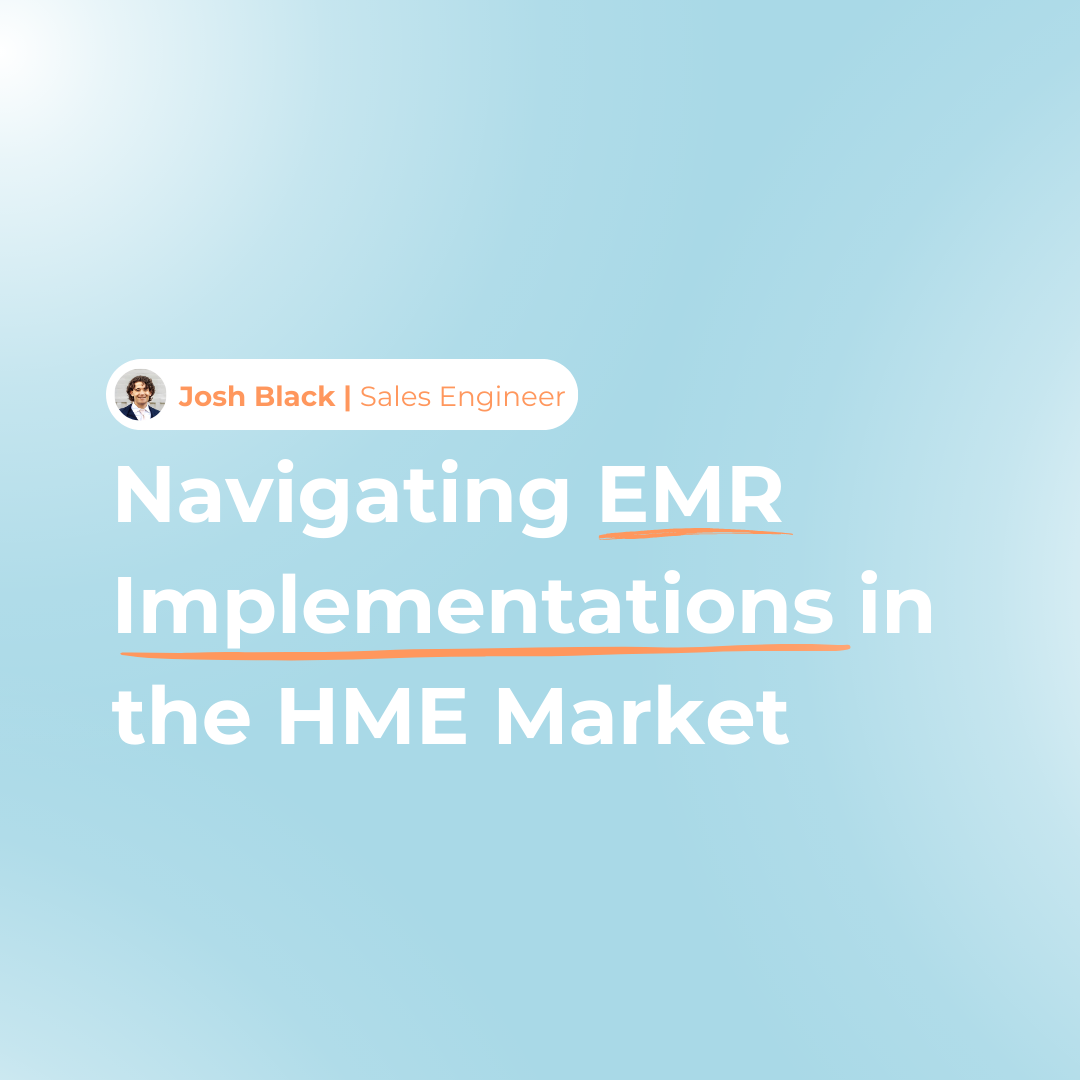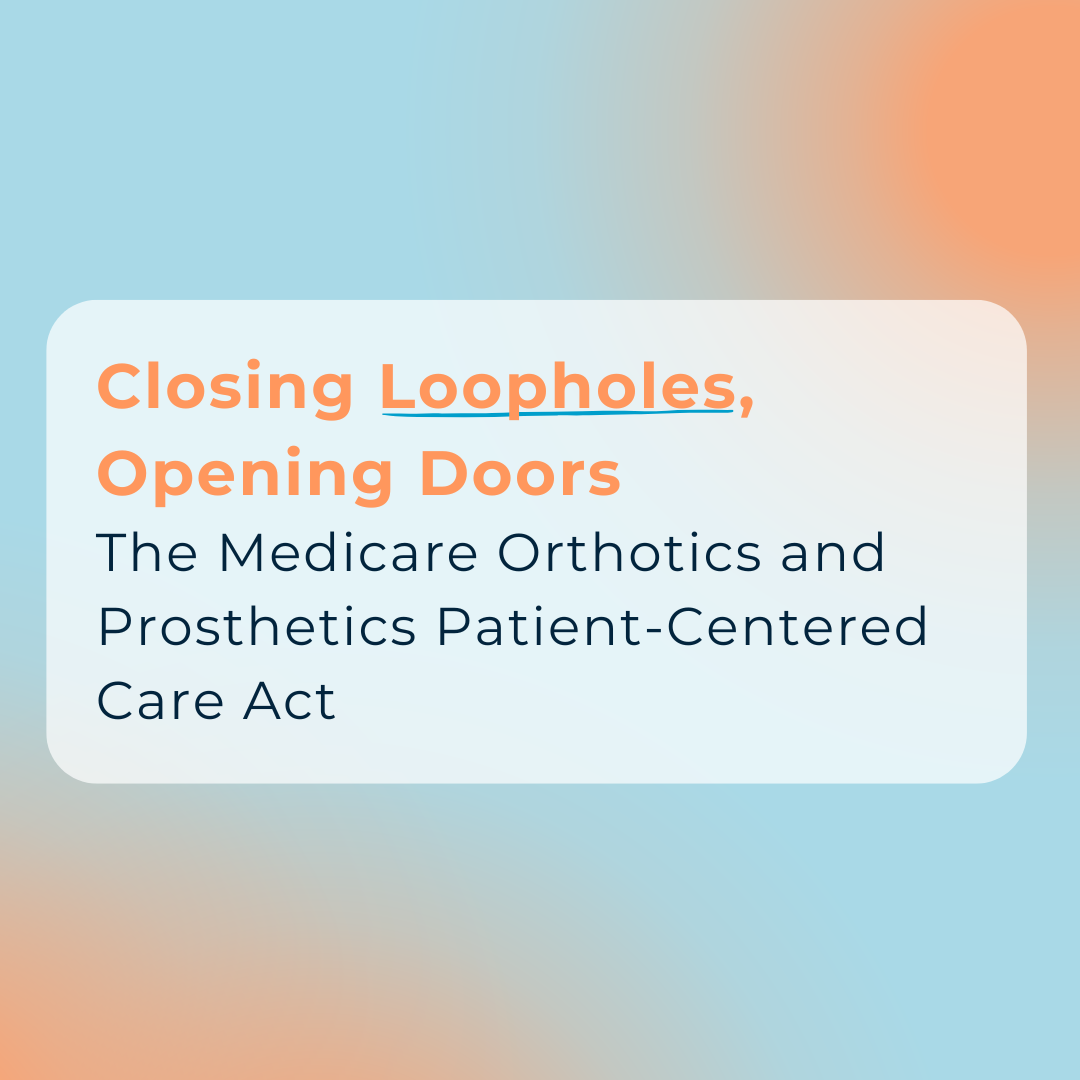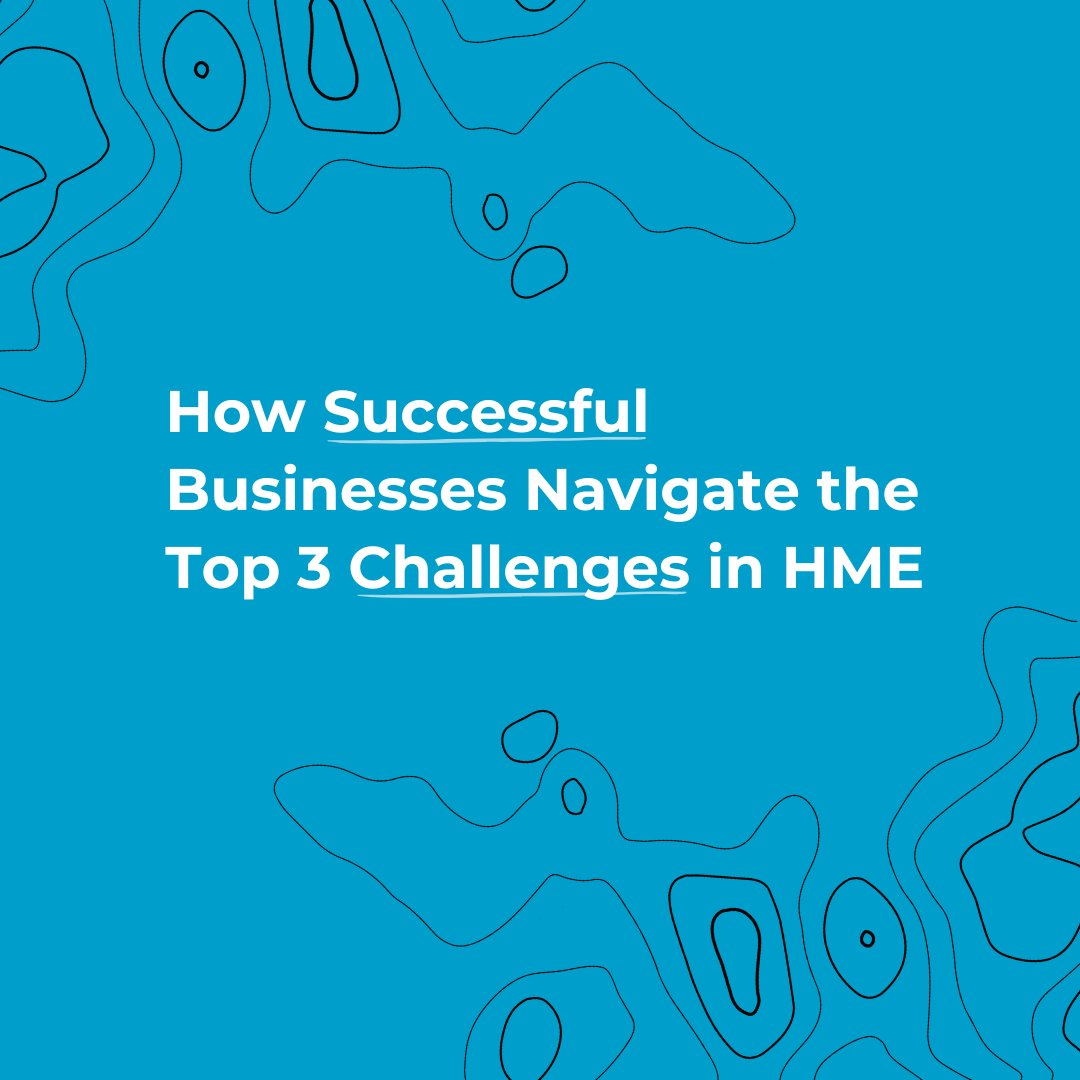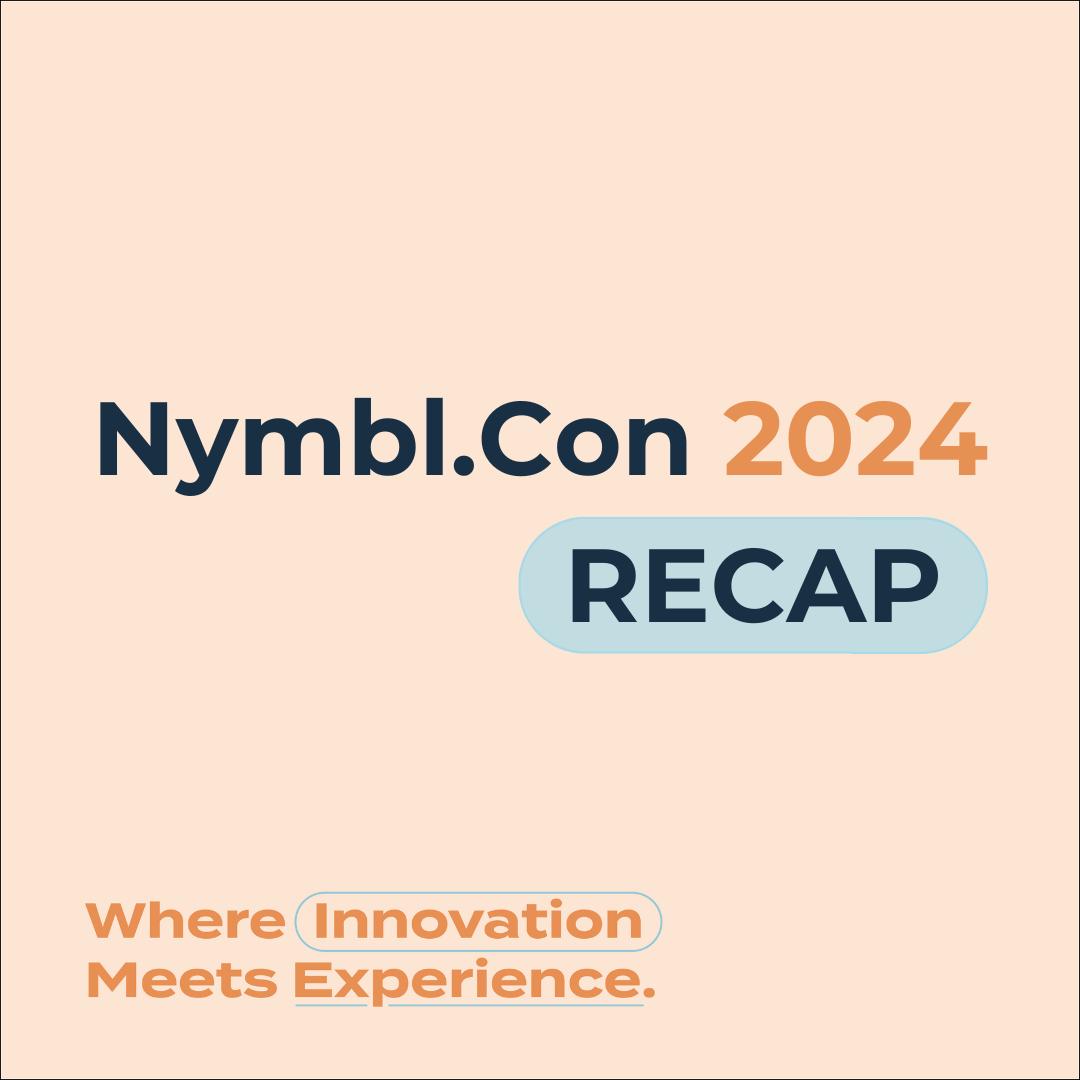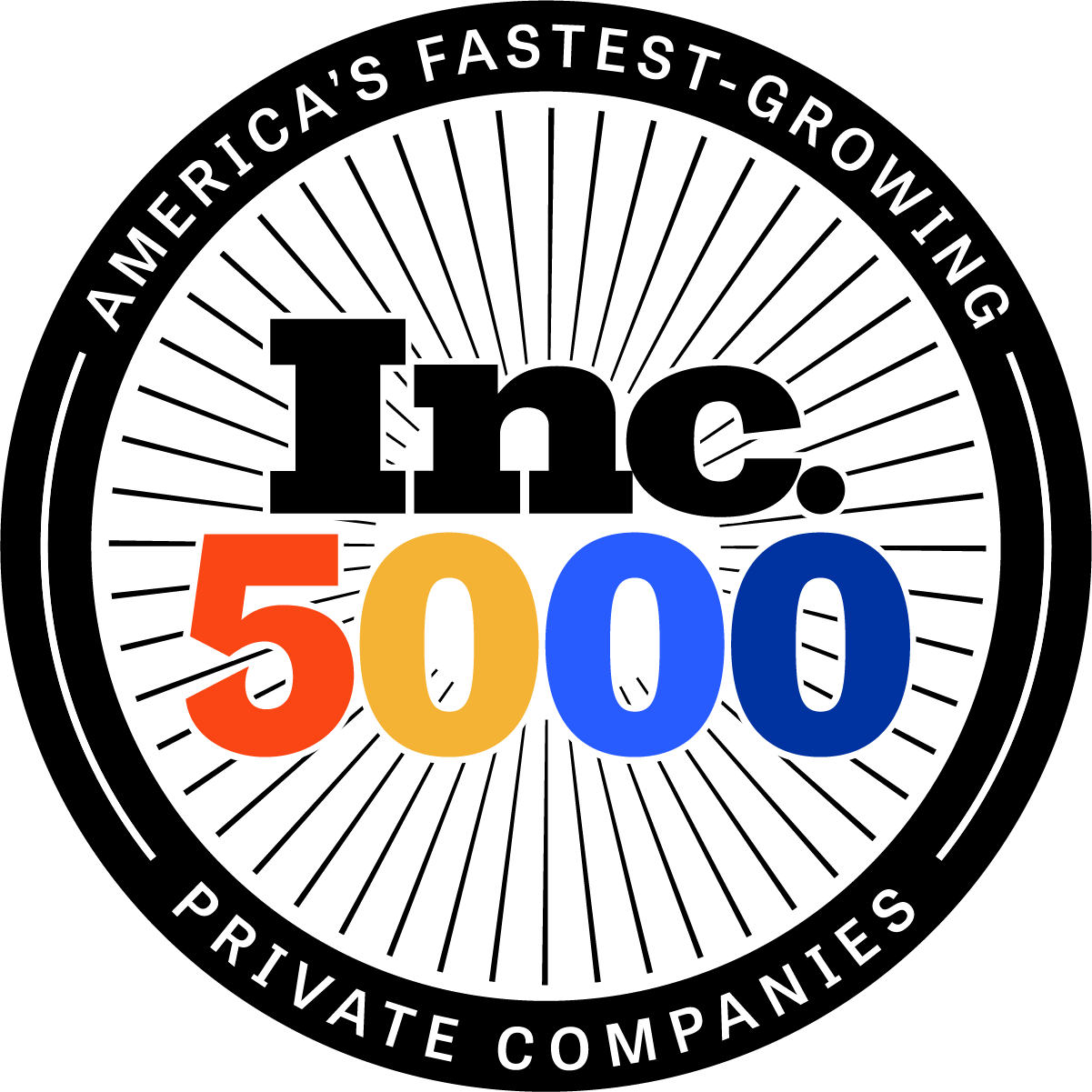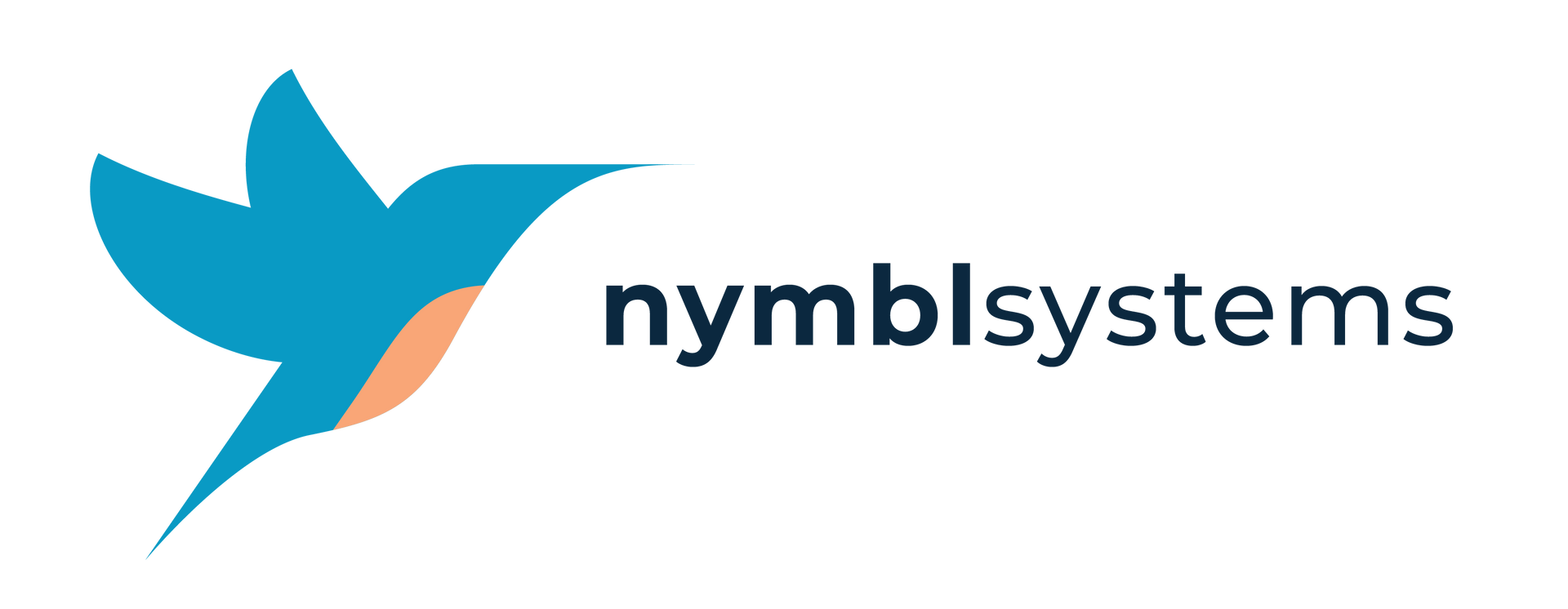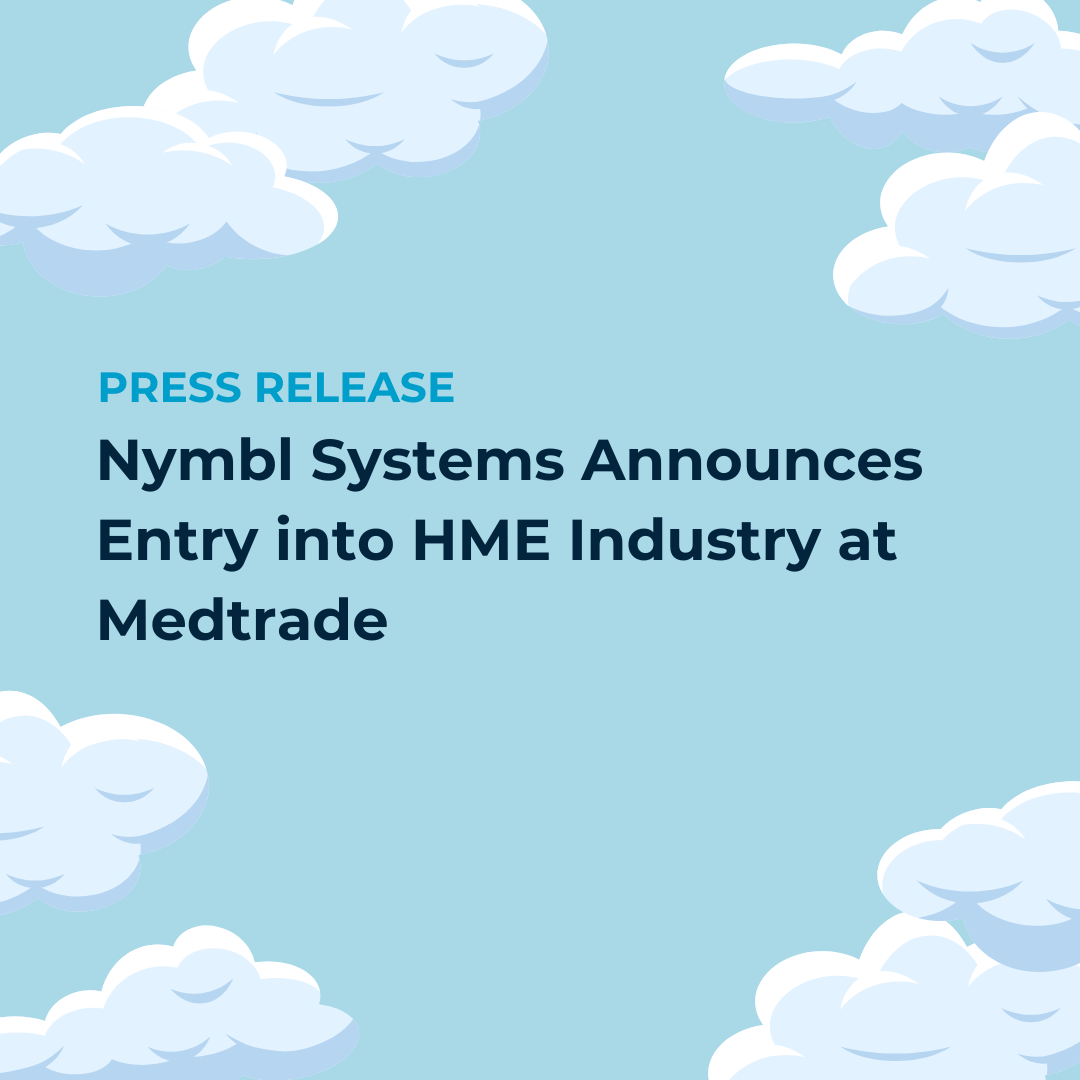Five Business Advantages That Come with a Cloud-Based EMR
It's Never Too Late to Make The Switch
Among EMRs (Electronic Medical Record systems), there are two main types of servers to choose from: cloud-based servers or on-premise servers. And while the cloud has revolutionized the business world, we won't get deep into the complexities of how it works today. Instead, we're focusing on why 68% of IT decision-makers in healthcare are defaulting to cloud-based services when upgrading or purchasing new technical capabilities. The simple reason is that switching to the cloud is making a difference for their bottom line. Keep reading to see how it can make a difference for yours, too.
What are Cloud-Based EMRs?
To put it simply, a cloud-based EMR (or any cloud-based service) stores data on internet servers that are accessed remotely by software or application users. A common example of cloud-based software is Instagram or Gmail. You can access data from any device, anywhere with an internet connection while logged into your account.
The same principle applies to cloud-based EMRs. That means that healthcare providers can make remote, in-person patient visits and still have full access to their EMR's database of patient history, contact information, or even billing records. And, anyone on that same EMR system will be able to see new activity in real time.
What are the Top Five Benefits of the Cloud for a Business?
Accessibility
As mentioned, cloud-based platforms allow healthcare professionals to access patient data and applications from anywhere with an internet connection. This flexibility is valuable for remote visits, and collaborative care scenarios where practitioners need access to information on-the-go and in-real-time.
Scalability
Cloud computing enables healthcare offices to scale their infrastructure according to their needs without significant upfront investments in hardware or software. They can adjust computing resources, storage, and applications as the demand fluctuates, which helps in optimizing costs.
Enhanced Security and Compliance
Cloud service providers invest heavily in security measures, often surpassing what individual healthcare offices can afford. They implement robust encryption, access controls, and compliance certifications (such as HIPAA in the United States) to ensure patient data remains secure and meets regulatory requirements. Additionally, cloud platforms often have built-in backup and disaster recovery solutions, reducing the risk of data loss.
Streamlined Communication
Cloud-based platforms facilitate seamless collaboration and communication among healthcare providers, patients, and other stakeholders. Features like secure messaging, document sharing, and real-time updates enable efficient workflows and better patient engagement.
Integration with Advanced Technologies
Cloud computing enables integration with emerging technologies like artificial intelligence (AI), machine learning, and big data analytics. Healthcare offices can leverage these technologies to improve reporting insights (like Nymbl Systems use of
AWS dashboards),
predict health outcomes, and optimize operational processes, ultimately leading to better patient care and outcomes.
Alternatives to the Cloud
On-Premises Solutions
With on-premises solutions, healthcare offices host their software applications, databases, and infrastructure within their own physical premises or data centers. They purchase and maintain servers, storage devices, networking equipment, and software licenses to support their IT infrastructure. This approach offers full control and customization over hardware and software configurations, which may be preferred by some organizations for security or compliance reasons.
However, on-premises solutions often require significant upfront capital investment in hardware, software licenses, and ongoing maintenance costs. They may also lack the scalability and flexibility of cloud-based platforms, as scaling resources usually involves purchasing and provisioning additional hardware.
Hybrid Solutions
Hybrid solutions combine elements of both cloud-based and on-premises approaches. In a hybrid model, healthcare offices may host certain sensitive data or critical applications on-premises while leveraging cloud services for less sensitive data, backup and disaster recovery, collaboration tools, or burstable computing resources during peak demand.
Hybrid solutions offer organizations the flexibility to balance security and control requirements with the scalability and cost-effectiveness of cloud computing. They can also provide redundancy and resilience by leveraging both on-premises infrastructure and cloud resources.
How do Cloud-Based EMRs Stack Up Against On-Premises Solutions?
- Control: Server-based storage offers greater control over hardware and software configurations, while cloud storage relies on the service provider for infrastructure management.
- Scalability: Cloud storage provides more flexible and scalable solutions compared to traditional server-based storage, which may require physical upgrades to accommodate growth.
- Accessibility: Cloud storage enables remote access to data from anywhere with an internet connection, whereas server-based storage may be limited to on-premises access or require complex remote access solutions.
- Maintenance: Cloud storage reduces the burden of hardware and software maintenance on organizations, as this responsibility lies with the cloud service provider.
- Costs: Cloud storage offers more predictable and flexible pricing models, while server-based storage may require higher upfront capital investments and ongoing maintenance costs.
Wrapping It Up
We know that each practice has workflows unique to their operation. You need a partner that is flexible enough to suit your needs. In our opinion, that made choosing to build Nymbl Systems on the cloud a no-brainer. Our customers get the scalability and the insights from custom reporting dashboards that they need to keep growing.
Ready to learn more about the innovative and thoughtful design behind Nymbl Systems? Start learning more today!

